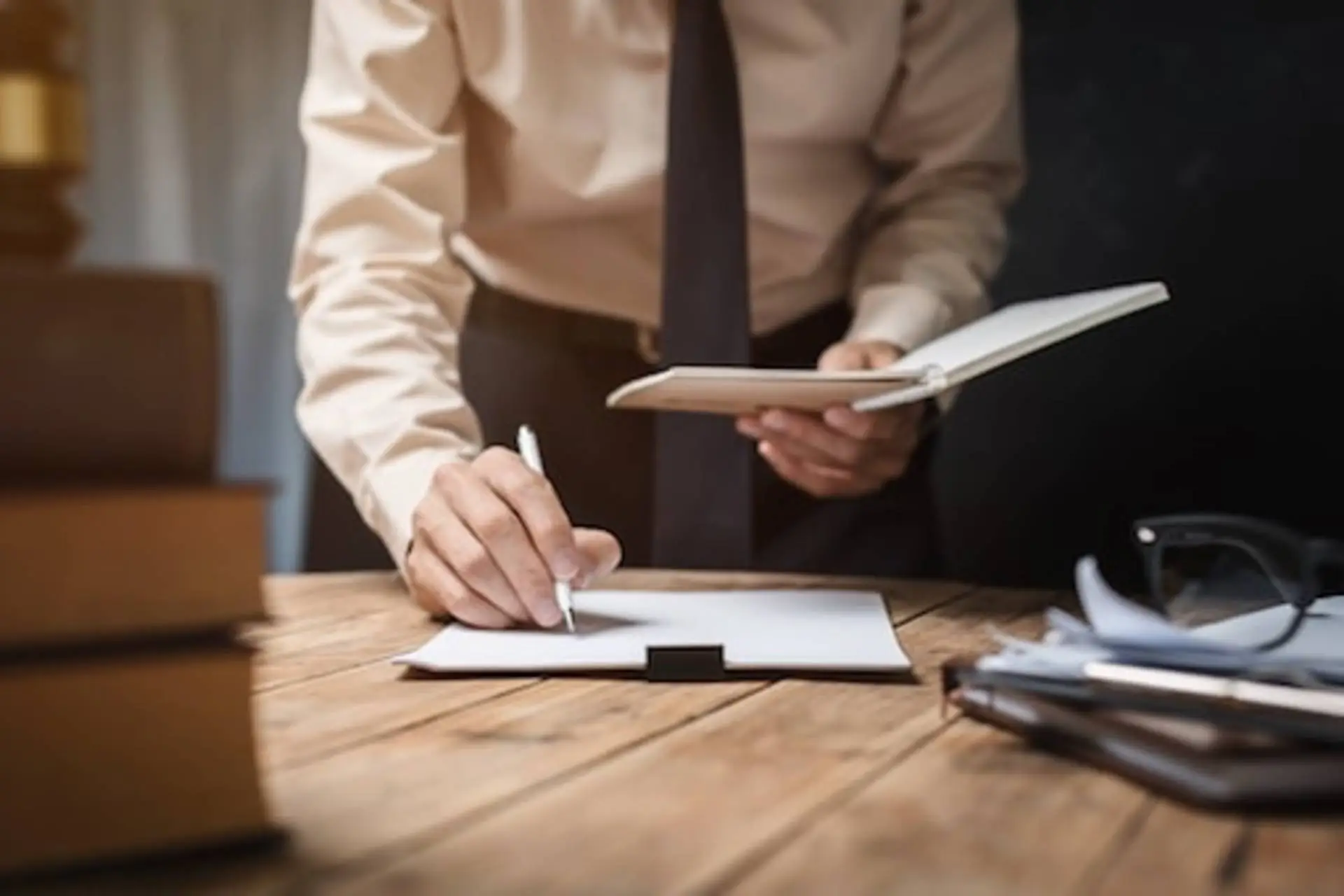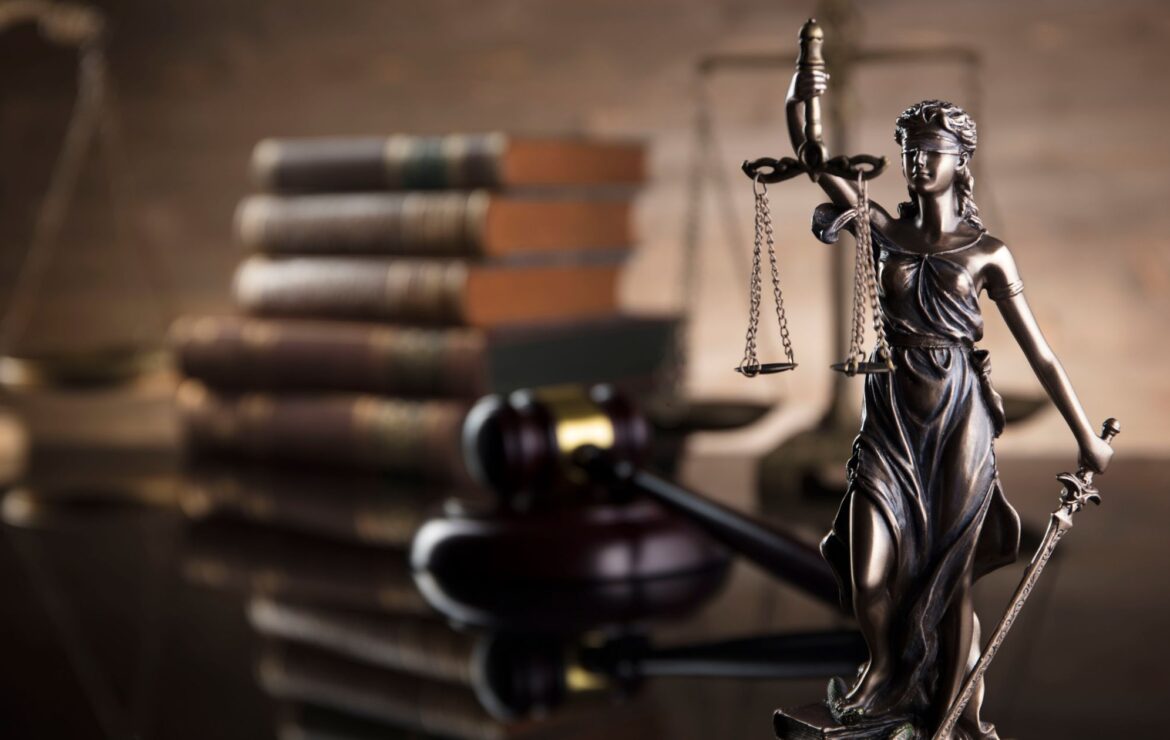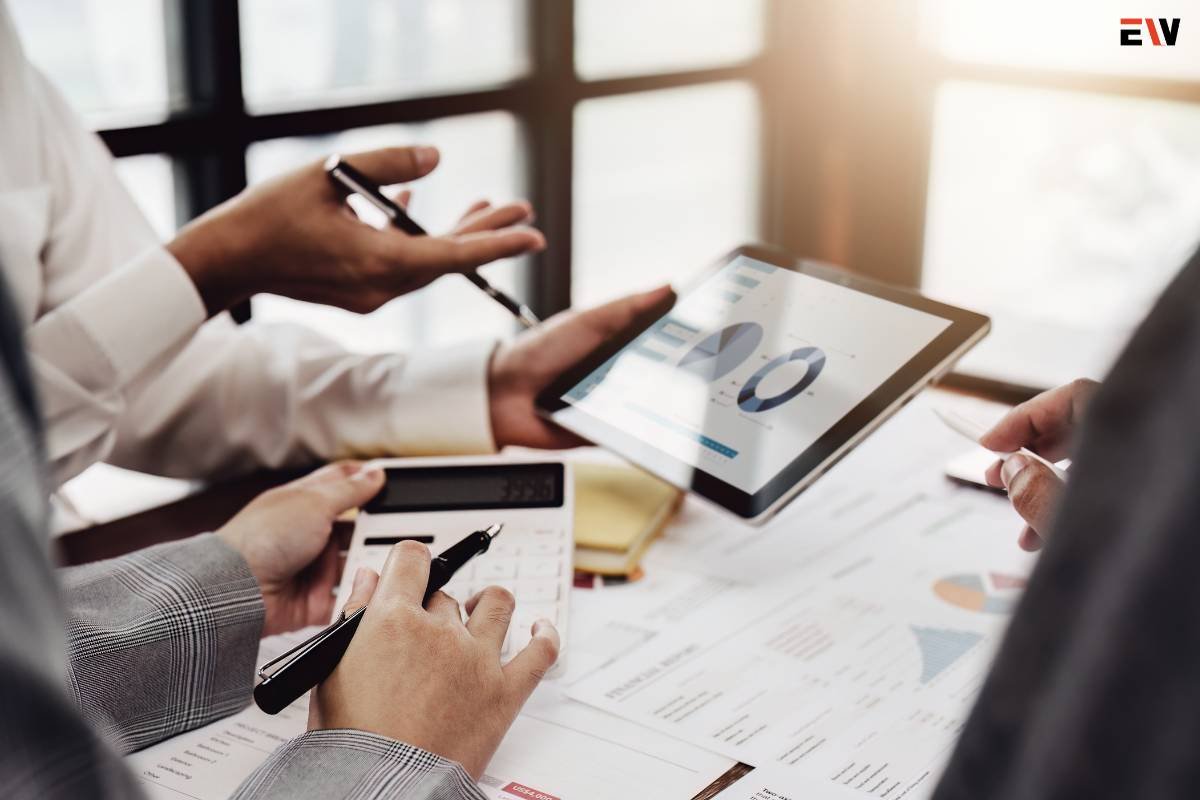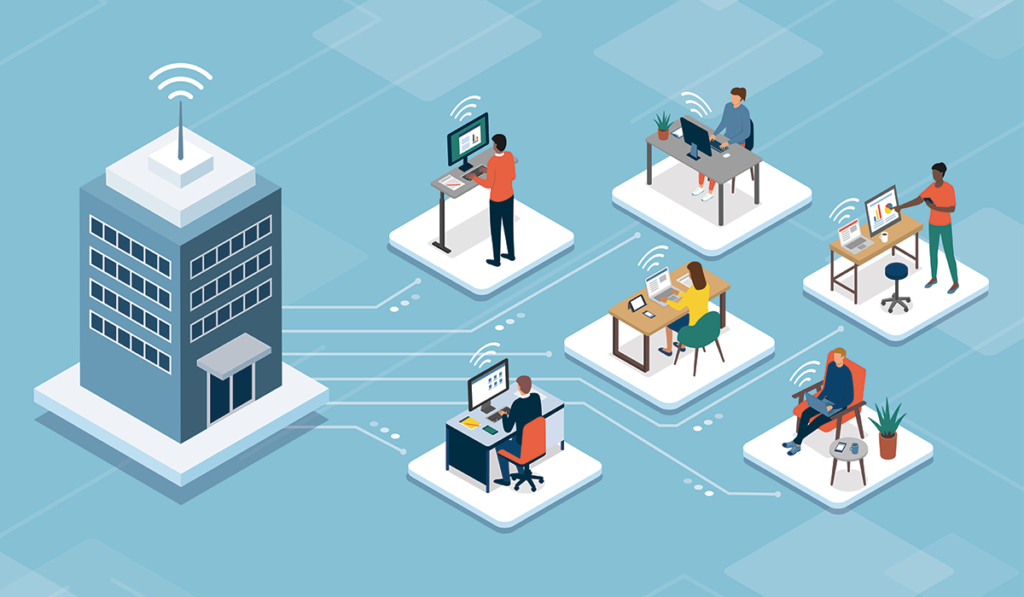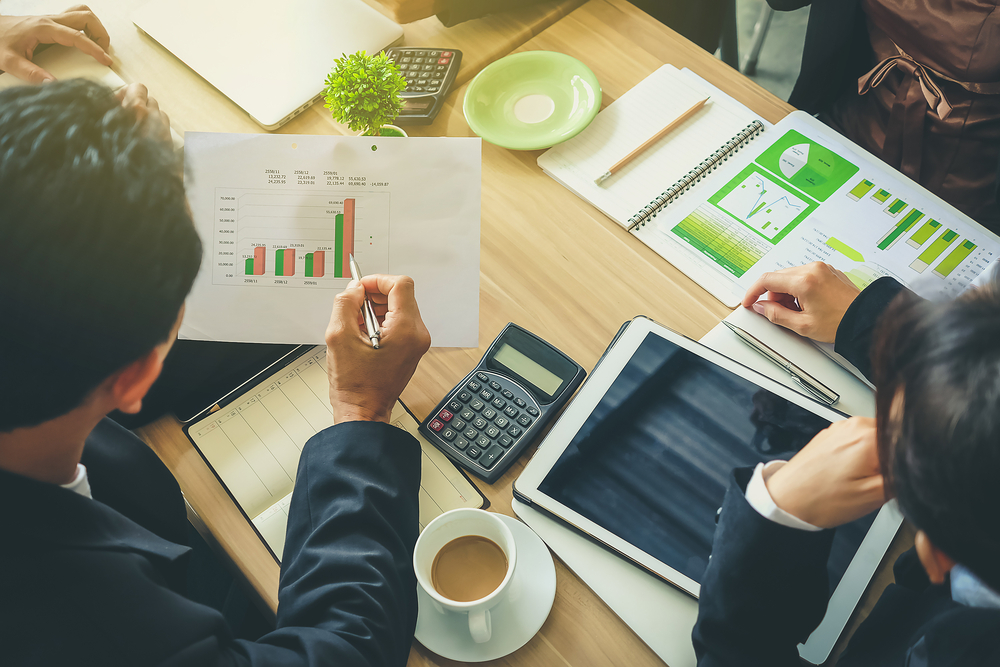Understanding Slip and Fall Accidents: Causes, Prevention, and Legal Recourse

Slip and fall accidents are a common occurrence in various settings, ranging from public spaces to private properties. These incidents can lead to serious injuries, impacting the lives of those involved. In this article, we will explore the causes of slip and fall accidents, discuss preventive measures, and delve into the legal aspects associated with such incidents. /mortgageblogpro.com/
Table of Contents
ToggleCauses of Slip and Fall Accidents:
Slippery floors, uneven sidewalks, or poorly maintained walking surfaces contribute significantly to slip and fall accidents. Spills, leaks, or inadequate maintenance can create hazardous conditions.
Weather Conditions:
Adverse weather, such as rain, snow, or ice, can make surfaces slippery and increase the risk of accidents. Property owners should take appropriate measures to address weather-related hazards promptly.
Inadequate Lighting:
Poorly lit areas can obscure potential dangers, making it difficult for individuals to identify hazards in their path. Insufficient lighting is a common factor in slip and fall accidents, especially during nighttime.
Lack of Warning Signs:
Failure to display warning signs in areas with known hazards, such as wet floors or recently waxed surfaces, can lead to accidents. Clear communication of potential risks is crucial in preventing slip and fall incidents.
Routine Maintenance:
Property owners should implement regular maintenance schedules to identify and address potential hazards promptly. This includes repairing uneven surfaces, fixing leaks, and ensuring that floors are kept dry and clean.
Weather-Resistant Infrastructure:
In regions prone to inclement weather, property owners should invest in weather-resistant infrastructure, such as slip-resistant flooring and proper drainage systems, to minimize the impact of adverse weather conditions.
Adequate Lighting:
Well-lit environments contribute to improved //www.lanozione.com/ visibility, reducing the likelihood of accidents. Installing proper lighting in walkways, staircases, and other high-traffic areas is essential for preventing slip and fall incidents.
Training and Awareness:
Businesses and property owners should train their staff to promptly address potential hazards and emphasize the importance of maintaining a safe environment. Additionally, raising awareness among the public about the risks associated with certain conditions can contribute to accident prevention.
Legal Recourse:
Property owners have a legal obligation to maintain safe premises for visitors. If negligence can be proven, victims of slip and fall accidents may be entitled to compensation for medical expenses, lost wages, and other damages.
Establishing Negligence:
To establish a legal claim, the injured party must demonstrate that the property owner was aware or should have been aware of the hazardous conditions and failed to take reasonable steps to address them. Evidence such as maintenance records, surveillance footage, and witness statements can be crucial in supporting a case.
Prompt Reporting:
Individuals who experience a slip and fall accident should report the incident promptly to the property owner or manager. Documenting the scene, gathering witness statements, and seeking medical attention immediately contribute to building a strong legal case.
Conclusion:
Slip and fall accidents are often preventable through proactive measures and responsible property management. By understanding the causes, implementing preventive strategies, and being aware of legal recourse options, both property owners and the public can work together to create safer environments for everyone.

